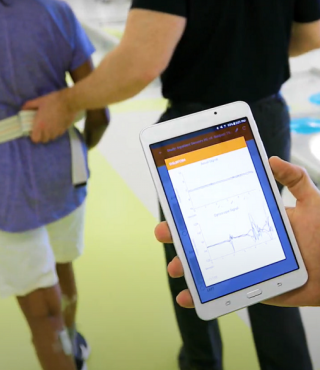Typically Developing Children:
(Rocke et al, 2008; n = 49 typically developing African American children aged 8-12 years; mean age = 10.4 (1.12) years; sex = 69% female; 49% single parent homes)
- Mean total score for all participants = 11.84 (8.80)
- Mean number of cues for test as a whole = 9.02 (5.89)
Children with Sickle Cell Disease (SCD):
(Berg et al, 2012; n = 44 African American Children aged 8-12 years, 22 with SCD and 22 Controls; sex = 26 females and 18 males; mean age of controls = 10(1.52) years; mean age of children with SCD = 10.23 (1.42) years)
| |
Control
|
SCD
|
p, (d)
|
|
Total
|
12.64 (10.28)
|
18.86 (18.80)
|
0.18
|
|
Time
|
17.70 (4.90)
|
17.40 (3.80)
|
0.83
|
|
Total # Cues
|
9.41 (6.60)
|
12.50 (10.70)
|
0.25
|
|
Organization
|
1.45 (0.67)
|
2.05 (0.84)
|
0.01 (0.79)
|
|
Initiation
|
.27 (0.63)
|
1.50 (2.77)
|
0.05 (0.61)
|
|
Planning
|
9.14 (6.50)
|
11.40 (9.57)
|
0.36
|
|
Judgment
|
0.09 (0.42)
|
0.14 (0.35)
|
0.70
|
|
Completion
|
0.00 (0.00)
|
0.23 (0.52)
|
0.05 (0.63)
|


